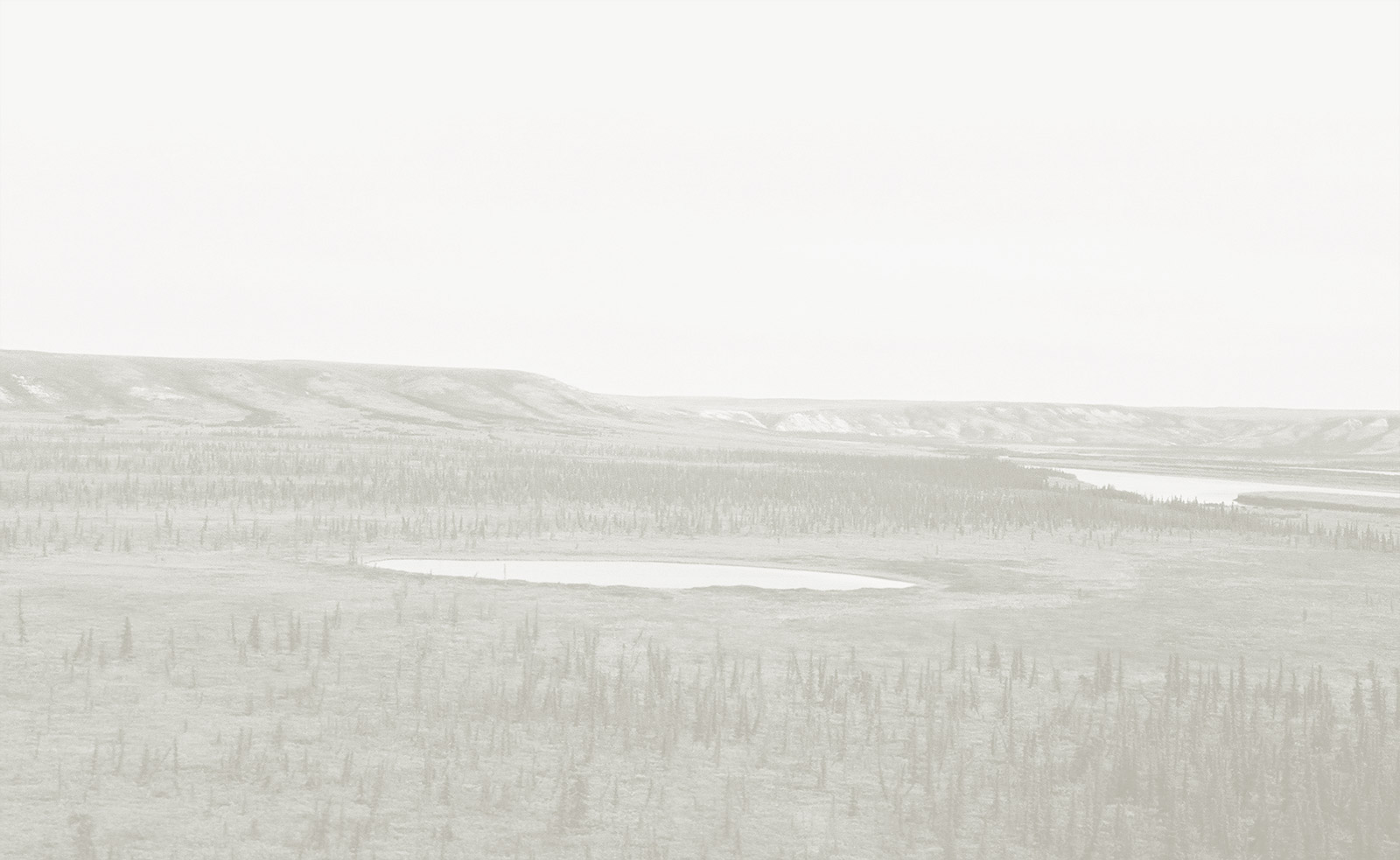


Ulimaun
The short-handled adze was used for shaping large pieces of wood. The blades of traditional Inuvialuit adzes were made made from stone. When metal axe and hatchet blades became available through trade Inuvialuit used them to make adzes by hafting the blades sideways onto wood handles. The blade was bound to the handle using a thick hide thong that was put on when wet, and which shrank and became hard and tight when dry.
 Darrel Nasogaluak: You can tell if an adze was used by a right-handed or a left-handed person. If you place an adze on its head, with the sharp edge pointed toward you, the handle tilts to the right if it was made for a right-handed person and to the left if it was used by a lefty. The more a head was offset, the bigger the person who used it.
Darrel Nasogaluak: You can tell if an adze was used by a right-handed or a left-handed person. If you place an adze on its head, with the sharp edge pointed toward you, the handle tilts to the right if it was made for a right-handed person and to the left if it was used by a lefty. The more a head was offset, the bigger the person who used it.
"… they also have bone adzes." ('The Amerindians of the Canadian Northwest in the 19th Century, as seen by Émile Petitot. Volume 1: The Tchiglit Eskimos', edited by Donat Savoie, Department of Indian Affairs and Northern Development, 1971: p. 151)